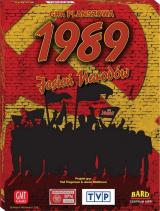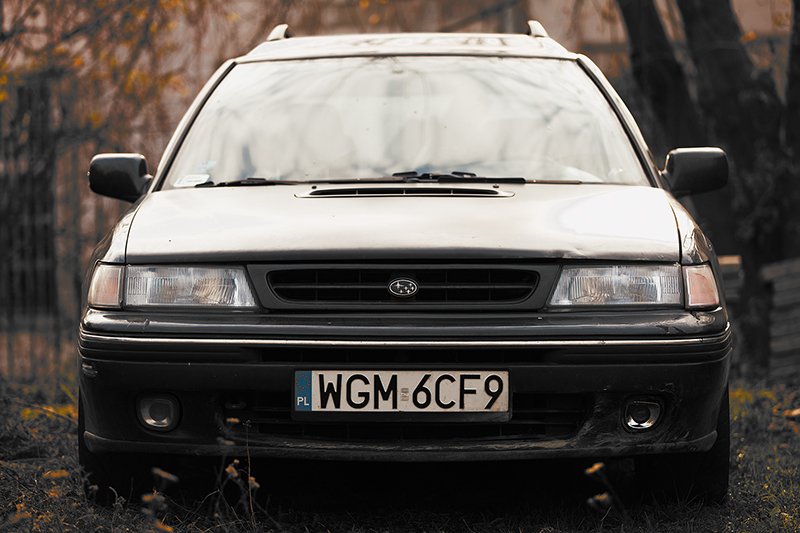

Before you ask, the very old Behringer SNR208 8-channel denoiser was modified by me in 1989 and works as an 8-channel, -10dBm to +4dBm unbalanced to balanced converter. My second iConenctivity mio XL links up everything in my keyboard room to the computers in the control room. Indeed, the biggest change was going to be how I get MIDI into my computers (yes, I have two).ĭue to the fact that I had to have a separate keyboard room (a bit weird when you consider that I’m a guitarist), I took another look at the iConnectivity mio XL and rtpMIDI. Hey, perhaps that’s not such a bad thing. To be honest, the set up wasn’t going to be too different from my previous studio, just a bit scaled down, really. This schematic clearly shows how my two iConnectivity mio XLs are at the heart of my new rtpMIDI network. I’d already started building 19-inch rack enclosures, so I obviously had a rough idea of equipment placement and which rooms were going to be used for what. Well, of course it wasn’t that simple and several weeks were taken up with planning equipment placement, multi-cores, routings, etc. Over the past twelve months, I’ve been working on my new premises (a lot of decorating, painting and stuff, which I hate) and a few weeks ago, I made the bold decision to move in my office and my studio.

Anyway, I'm now going a step further and here I'm going to tell you about my recent rtpMIDI adventures With so many modern MIDI controllers sporting a USB type B socket in place of a conventional 5-pin DIN socket (or sockets) for MIDI, the only way to address a lot of vintage equipment without having to switch on your computer, is through a USB host.

A year ago, I posted an article explaining the relatively new concept of the ‘USB host’.


 0 kommentar(er)
0 kommentar(er)
